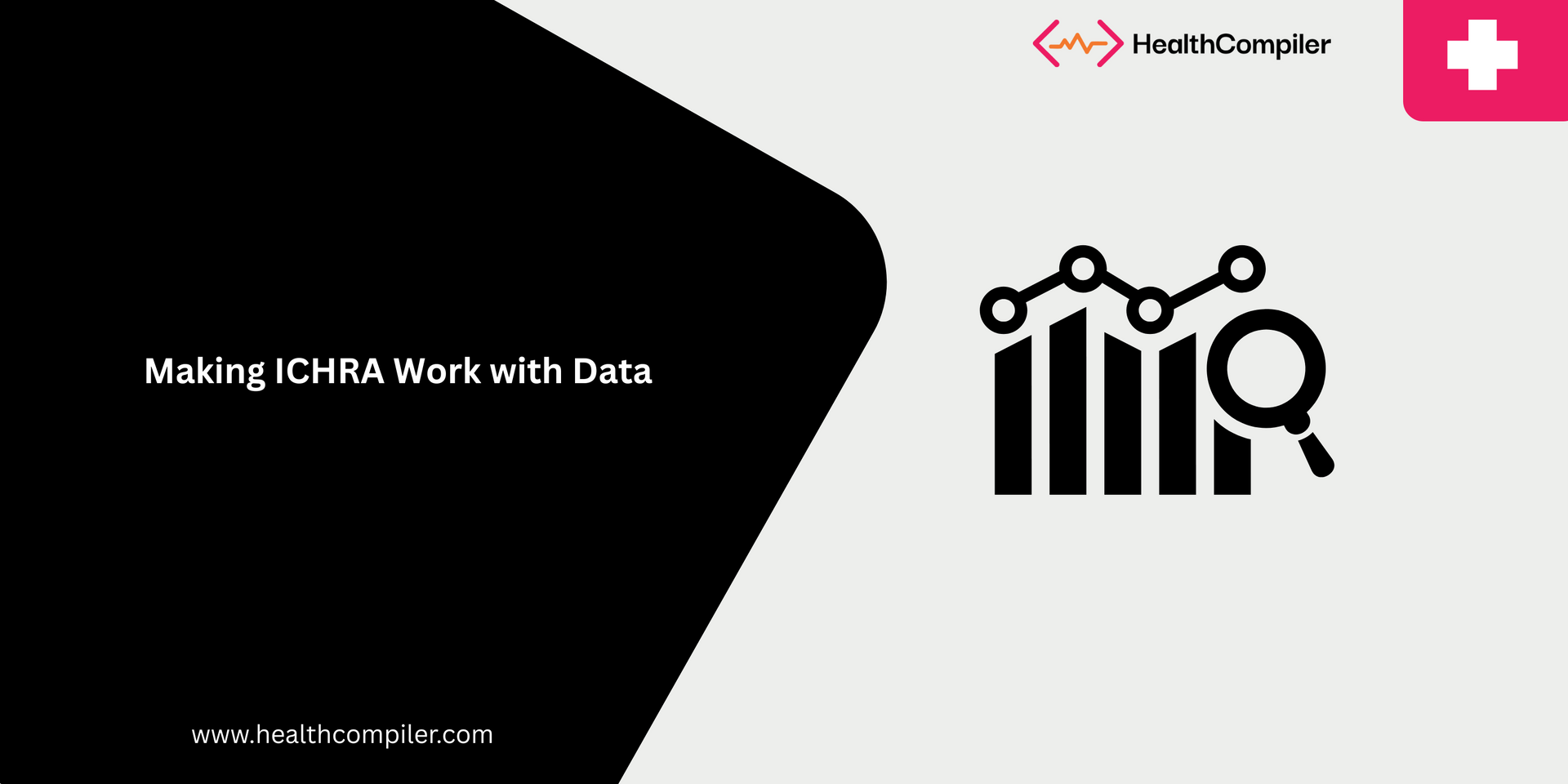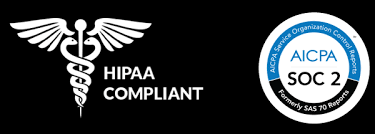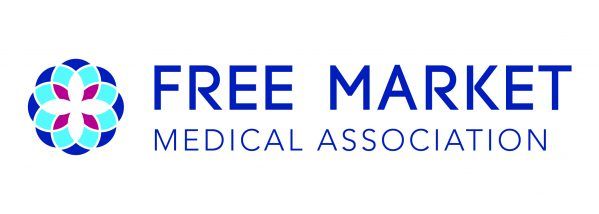Making ICHRA Work: A Data-Driven Guide for Employers

The Individual Coverage Health Reimbursement Arrangement (ICHRA) has reshaped how companies think about employee health coverage. Instead of providing a single group plan, employers set an allowance, and workers buy their own insurance on the individual market.
For many organizations, the promise is clear: predictable costs for the business and more choice for employees. Yet in practice, the benefits of ICHRA can be difficult to capture. Employers often struggle to track affordability, understand plan quality, or measure how well the program is performing.
This article breaks down the real ICHRA benefits, how the model works in practice, and why data is the key to turning it into a sustainable strategy for any employer.
How Does ICHRA Work for Employers?
At its core, ICHRA allows an employer to set a defined monthly contribution. Employees then use those funds to purchase coverage on the individual market.
The ICHRA benefits for employers are compelling:
- Cost predictability through fixed contributions
- Flexibility in designing classes of employees with different allowances
- No minimum or maximum company size requirement
But here’s the challenge, while the arrangement makes budgeting easier, it also shifts responsibility onto employees to choose suitable plans. Without data, companies often cannot see whether those plans deliver good access to care or protect against financial risk.
Understanding how ICHRA works for employers for the insurance payments is only one part of the picture. To get the most out of the model, organizations must connect data sources that go beyond payroll and reimbursements.
Tax and Funding Considerations
One often-overlooked benefit is the ICHRA tax benefits for employers. Contributions are tax-deductible, and reimbursements for employees are tax-free when plans meet ACA standards.
For businesses comparing models, it’s also useful to weigh self-funded health insurance pros and cons. While self-funding can provide more control, it also carries financial risk. ICHRA gives many employers a middle ground: predictable budgeting without the volatility of claim-level responsibility.
Why Employers Struggle With ICHRA Data
Most companies face the same issue: fragmented systems. Payroll tracks eligibility, the ICHRA administrator records reimbursements, and insurance carriers hold details about plan selections. Accounting monitors overall spend. These sources rarely connect in a way that gives leadership a full view.
This creates blind spots. Employers often cannot answer basic questions such as:
- Are stipends enough to make coverage affordable in every region?
- Are employees choosing plans with strong primary care access?
- What avoidable costs are showing up in emergency department visits or prescriptions?
For small businesses, these blind spots are even more significant. Many choose ICHRA because it avoids the complexity of managing a traditional group plan, but they still need assurance that the allowance is delivering real value. For large employers, the stakes are higher, since even small inefficiencies multiply across bigger populations.
Key Insights Employers Should Track
The most effective use of ICHRA relies on visibility into more than reimbursement numbers. The following insights are especially important:
Affordability and Budget Health
Employers need to see stipend amounts compared with local premiums. This helps determine whether contributions are competitive and where adjustments may be needed.
Plan Quality and Network Strength
ICHRA for employers isn’t just about cost, it’s also about whether employees can access primary care, specialists, and essential medications. Plans should be assessed on more than just premiums.
Risk and Condition Signals
Employers can detect rising-risk members by monitoring gaps in chronic care, medication adherence, or repeat urgent care visits. This is critical for keeping long-term costs under control.
Employee Experience
Workers often find marketplace plan selection overwhelming. Employers should monitor satisfaction, ease of reimbursements, and whether employees are successfully connecting with primary care.
Compliance and Governance
ICHRA designs must align with IRS and ACA affordability rules. Having clear data helps ensure programs meet these standards and reduces risk in the event of an audit.
Using Data to Improve ICHRA Programs
Employers who want to get the most out of their ICHRA strategy use analytics in three main ways:
- Scenario Modeling – Testing different contribution amounts, age bands, and class designs before making policy changes.
- Plan Guidance – Scoring marketplace plans for quality so employees are nudged toward better-value options.
- Cohort Nudges – Encouraging behaviors like primary care attachment, preventive screenings, or medication adherence.
These levers help employers make ICHRA measurable rather than leaving outcomes to chance.
ICHRA in Practice: A Mid-Sized Employer
Take an example of a 300-employee company spread across multiple states. The employer provided a uniform stipend, but finance and HR had little clarity on how well it worked.
After connecting payroll, administrator, and regional premium data, they discovered:
- Stipends in two markets fell below the cost of a mid-level silver plan.
- Several popular plan choices had limited primary care networks.
- Employees in those areas reported higher out-of-pocket costs.
By increasing the stipend slightly in targeted regions and offering a direct primary care option, the employer improved affordability and access. Engagement with primary care rose, avoidable ER visits dropped, and finance gained more accurate forecasting.
This example highlights how ICHRA for large employers and ICHRA for small business alike can be strengthened with data-driven decision-making.
Why Data Makes the Difference
The true ICHRA benefits come from more than predictable payments. With the right analytics, employers can align allowance amounts with market conditions, ensure employees have meaningful access to care, and improve satisfaction across the workforce.
For companies of all sizes, the question is no longer just “how does ICHRA work?” but rather “how do we measure and manage ICHRA effectively?” The answer lies in unifying fragmented systems into a single source of truth.
Final Word
ICHRAs offer flexibility, but flexibility without accountability can backfire. Employers who integrate data can prove ROI, improve affordability, and give their teams real confidence in coverage decisions.
Health Compiler
helps employers and advisors connect the dots between payroll, reimbursements, plan data, and outcomes, making ICHRA a program you can manage, not just fund.



